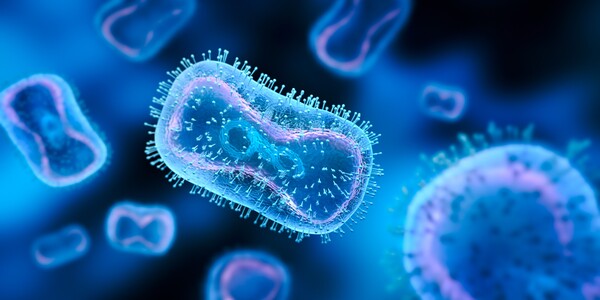The National Research Foundation of Korea (NRF) said on Wednesday that its researchers have discovered a hit compound, peptoid 29, which when combined with antimicrobial peptoids (AMP) is effective against multidrug-resistant bacteria with low toxicity.

Antibiotic-resistant superbug infections do not spread as quickly as the coronavirus, but once infected, the fatality rate is much higher. The World Health Organization (WHO) estimates that deaths from multidrug-resistant bacteria will reach 10 million per year by 2050 which exceeds the number of deaths from cancer last year.
Consequently, there is an urgent need to develop new antibiotics that can overcome the growing resistance.
The team led by Professor Seo Ji-won of Chemistry at Gwangju Institute of Science and Technology and Lee Sung-soo of Systems Biology at the Korea Basic Science Institute targeted antimicrobial peptides from the organism's own self-defense immune system.
The researchers first developed an AMP designed to bind to the bacteria's cell membrane. These peptoids showed a broad spectrum of activity against a variety of bacterial strains, including multidrug-resistant bacteria, while exhibiting low toxicity to human red blood cells.
In addition to disrupting the cell membrane, the researchers also uncovered a multi-target mechanism simultaneously responsible for attacking and killing multiple targets essential for the survival and reproduction of bacteria which induced the aggregation of multiple organelles and genes within the cell.
Subsequently, the team synthesized a library of more than 80 peptoids and identified peptoid 29 as an active substance through antibacterial activity and toxicity screening. Peptoids are peptide derivatives that artificially mimic the structure of a peptide, a representative biomolecule. In particular, they found that peptoid 29 kills bacteria in a short time.
“For the first time in the world, the mechanism by which antimicrobial peptoids kill bacteria, has been directly identified using optical diffraction tomography,” said Professor Seo. "We expect that the antimicrobial peptoids based on multi-target mechanisms discovered in this study will lead to the development of therapeutics for multi-drug resistant bacteria."
The results of this study was published in the Advanced Science journal on Jun. 21.

